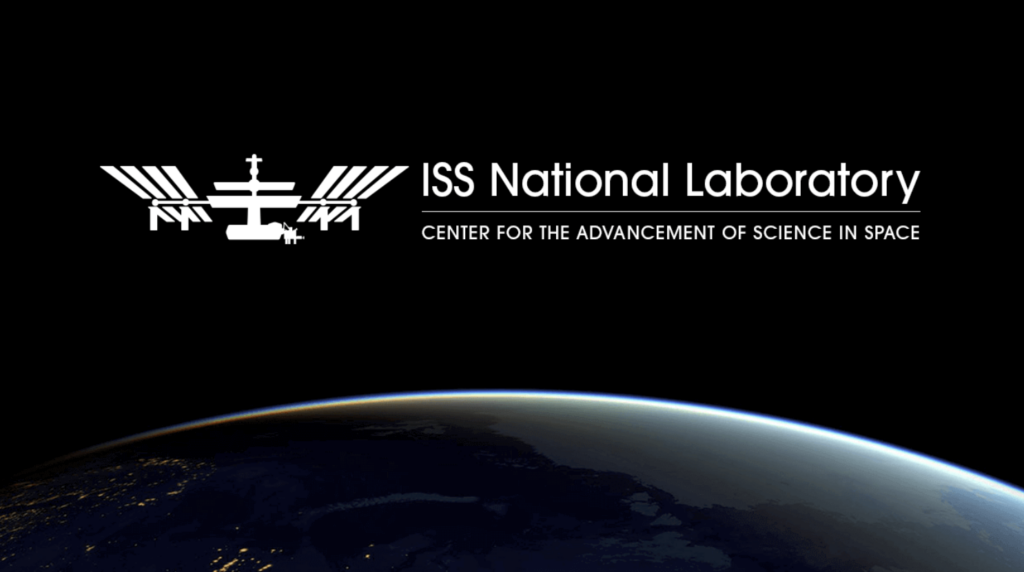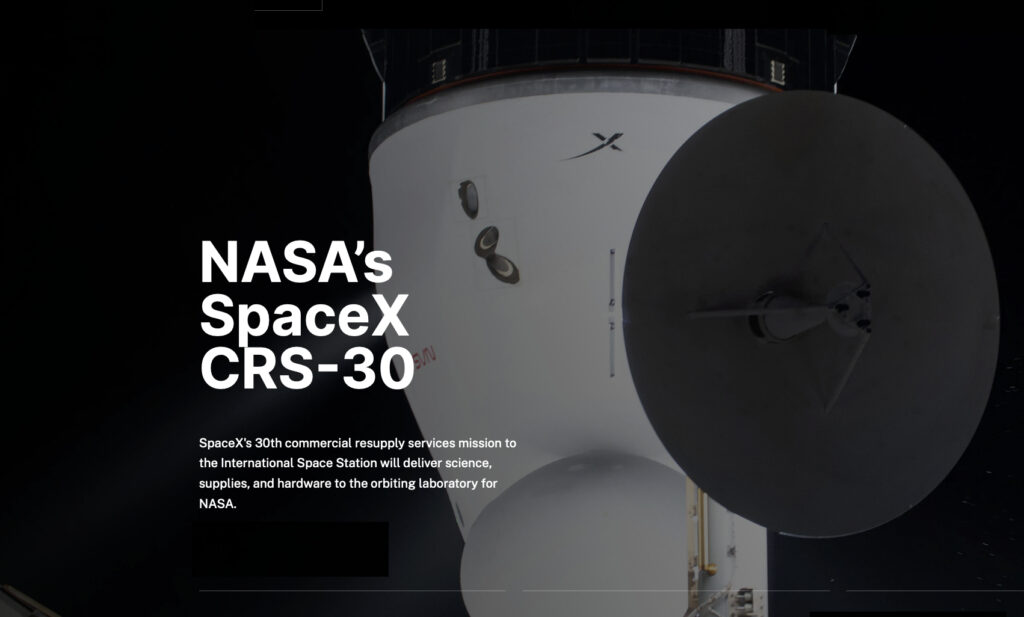
Research on a novel vision loss therapy and space-manufactured optical fibers were among the nearly 565 pounds of science and technology payloads sponsored by the International Space Station (ISS) National Laboratory that splashed down off the Florida coast as NASA concluded SpaceX’s 30th Commercial Resupply Services (CRS) mission.

The return of the SpaceX Dragon capsule brings back more than 40 ISS National Lab-sponsored investigations that aim to benefit humanity and foster commerce in low Earth orbit. Among the payloads returning to Earth for analysis are the following:
- Three investigations by startups that were past recipients of the Technology in Space Prize, funded by Boeing and the Center for the Advancement of Science in Space™, manager of the ISS National Lab:
- Oculogenex tested a novel gene therapy to prevent and possibly even reverse vision loss from age-related macular degeneration, which affects more than 200 million people globally. Encapsulate leveraged the microgravity environment of the space station to validate an automated tumor-on-a-chip system that grows patient-derived cancer cells to test chemotherapy drugs. Such a system could help doctors screen chemotherapy drugs on a patient’s own cancer cells to determine the best treatment for the patient.
- LambdaVision built on results from previous investigations by studying whether a powdered form of the protein bacteriorhodopsin can be dissolved in a solution in microgravity for the successful layer-by-layer manufacturing of artificial retinas. Using powdered protein could significantly reduce the mass of materials sent to space for manufacturing, allowing increased production at a lower cost.
- A technology development project from Flawless Photonics sought to validate the company’s technology for manufacturing high-value, optical-quality glass materials, like ZBLAN, in microgravity. ZBLAN can perform up to 100 times better than the silica fibers commonly used to connect our digital world today, but gravity-induced defects in fibers produced on Earth limit its full potential. This project seeks to demonstrate that production in microgravity can reduce these defects, resulting in higher-quality fibers than can be produced terrestrially. Preliminary results demonstrated significant improvements in the quantity of optical fiber produced in space. From mid-February to mid-March, the company manufactured a total of more than seven miles (11.9 km) of optical fiber on station. The kilometers of glass fiber drawn in space will now undergo independent analyses to determine if they have superior performance characteristics.
- The National Stem Cell Foundation continued to examine the mechanisms behind neuroinflammation, a common feature of neurodegenerative diseases. To carry out this study, the research team created 3D brain models derived from induced pluripotent stem cells of patients with Alzheimer’s and Parkinson’s diseases as well as primary progressive multiple sclerosis. This concluded the foundation’s sixth investigation onboard the space station. Results from this research could ultimately lead to improved diagnostics and new therapeutics that would benefit millions of people worldwide.
- Researchers at the University of Connecticut conducted a project funded by the U.S. National Science Foundation that sought to produce novel materials in space for biomedical applications on Earth, such as the repair of damaged cartilage and reduction of joint inflammation. Janus base nanomaterials (JBNs) are composite materials that can be used as drug carriers in the human body. Through this project, the research team aimed to advance in-space manufacturing of JBNs, which could significantly improve patient care for orthopedic injuries and degenerative joint diseases like arthritis, as there is currently no way to repair damaged cartilage.
- A project awarded through an ISS National Lab education-focused solicitation allowed Oklahoma State University, in collaboration with the Choctaw Nation of Oklahoma and Boeing, to study the effects of spaceflight on Choctaw heirloom seeds. The seeds were exposed to microgravity and space radiation for several months while on station. Upon return, Choctaw students will plant the space-flown seeds alongside seeds that remained on Earth. They will make predictions about the growth of the seeds and observe the plants as they develop. The goal of the project is to inspire Native American students to pursue careers in science, technology, engineering, and mathematics fields.
These are just a few of the investigations returning to Earth in the SpaceX Dragon capsule on this mission.
